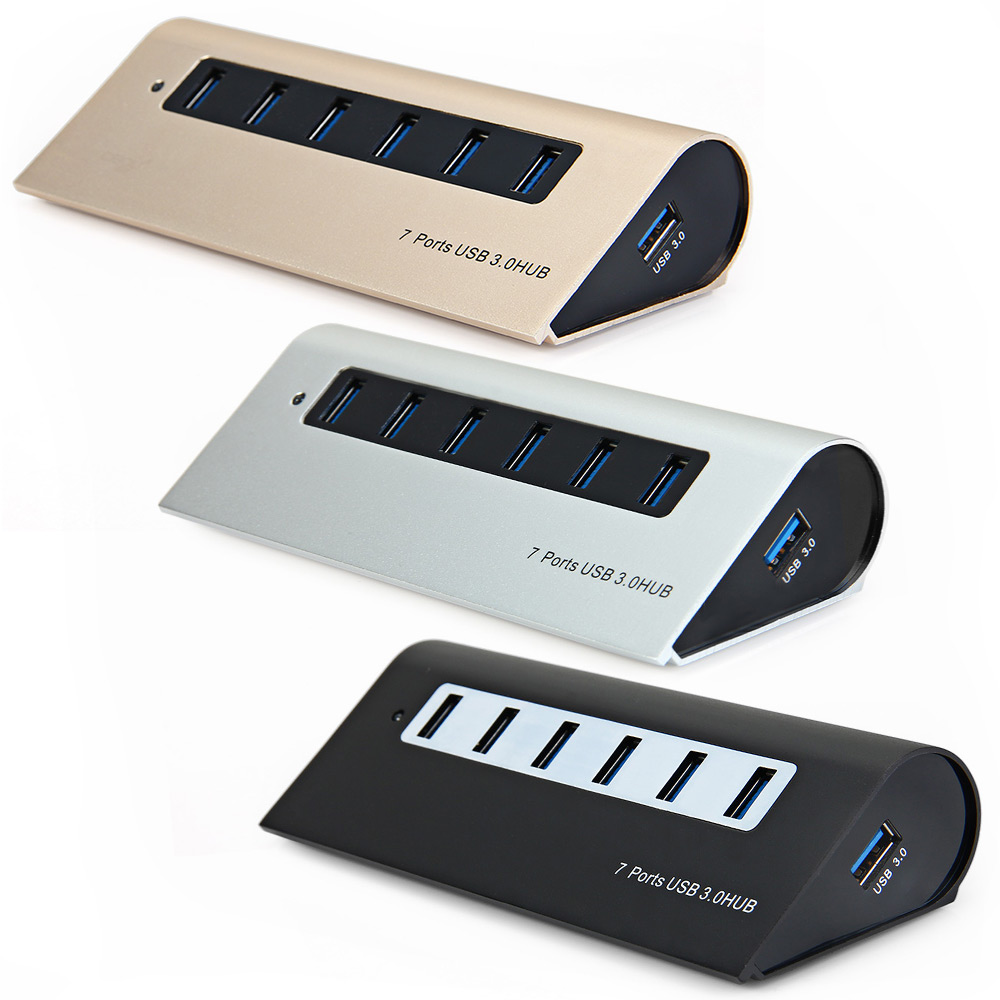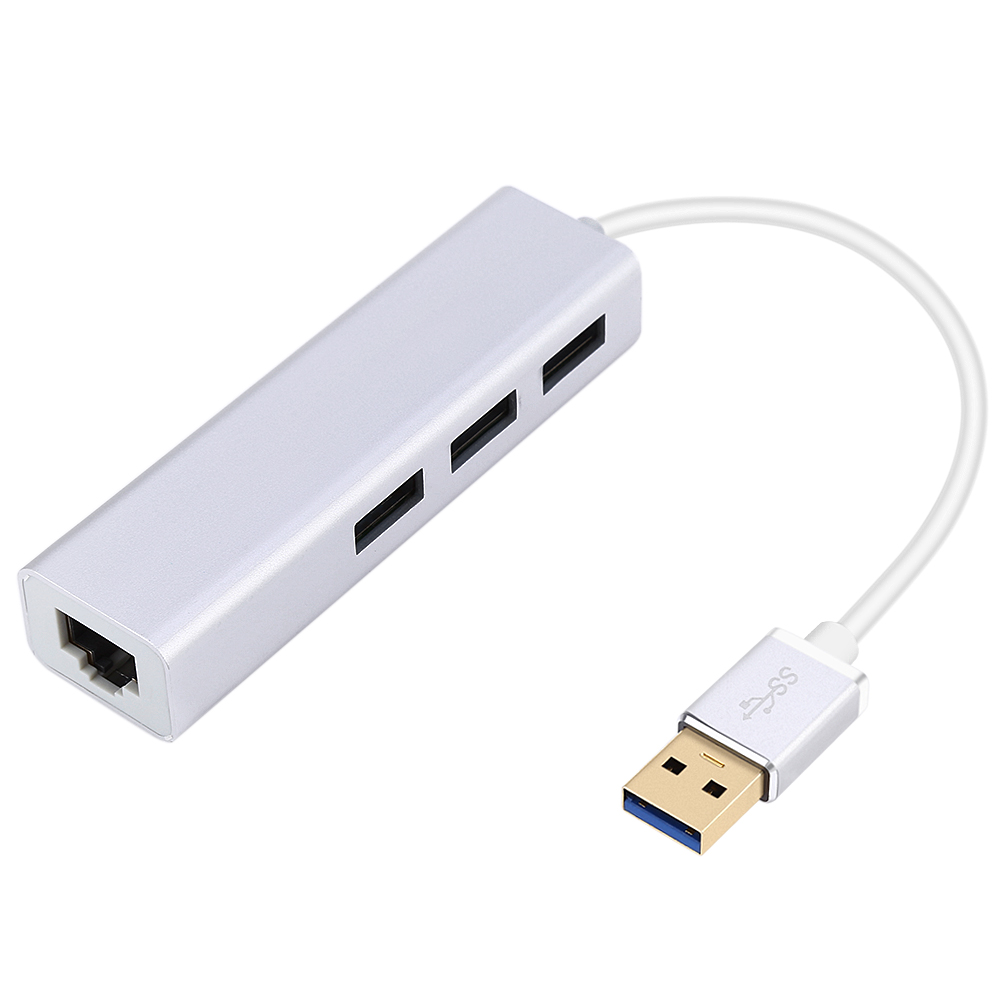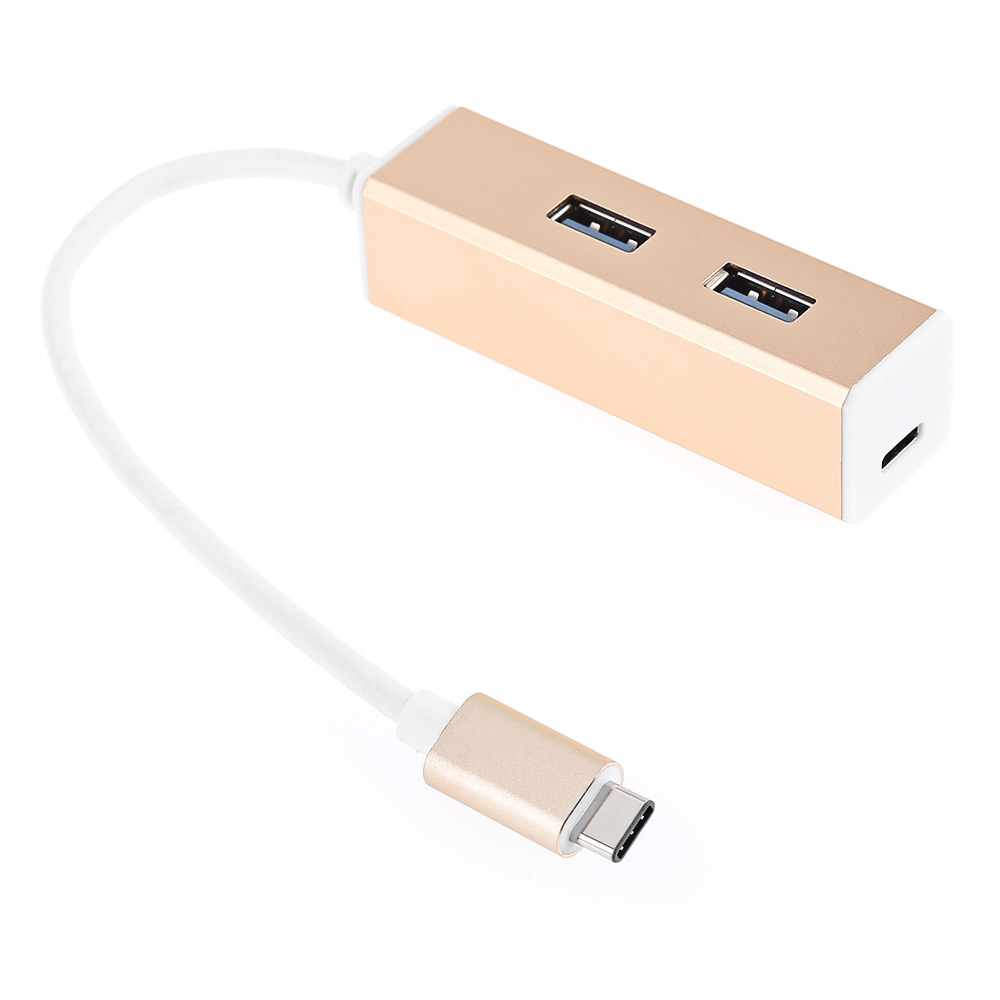At the just-concluded 2015 China Electronics and Information Expo (CITE), smart homes and smart manufacturing have become hot spots. As an important entry point for smart households, when smart TVs can rely on content and services to make money, it has also been revisited.
Peng Xiandong, general manager of the China Black and White Research Center, throws a question at the "Internet Innovation and Appliances Big Data Forum": In 2015, the domestic smart TV penetration rate will reach 75%. The domestic market has so far sold 70 million smart TVs, accounting for 14% of all TVs. Smartphones realize value outbreaks when their share of possession reaches 10%, but television value outbreaks are later than mobile phones. So when will the value chain of smart TVs break out?

Since the beginning of this year, smart TVs have continued to heat up, regardless of capital markets or consumer markets. In addition to the traditional six domestic brands and foreign brands, licensees, content providers, channel distributors, and operators have come to join the television industry after Levision and Xiaomi and other Internet companies have entered the television field. BestTV, Youku TV, Suning PPTV TV, and Barley TV And so on.
With the intensification of competition, in order to compete for users, TV screens and price wars intensified, Xiaomi 40-inch TV 1999 yuan, Konka Youku TV 43 inches 2699 yuan. Under such circumstances, can color TV manufacturers get their own piece of cake?
Peng Xiandong believes that it should be possible. The first reason is that Internet companies have taken the initiative with the Color Power Plant this year. Tencent Games has cooperated with Hisense, Konka, TCL, etc. Ali also cooperates with Haier and others. The cost of obtaining a user for an Internet company also needs to be 100 yuan. Hardware users get lower cost; Second, the fragmentation of color TV technology, a company is difficult to fully control technology; Third, there are television monitoring policy issues.
TV manufacturers have also made great efforts to tap the commercial value of TV screens this year. Zhang Junbo, sales manager of Konka Multimedia Division, frankly stated that TV's product definition is breaking through the borders, and television will become a carrier of cultural content. Users will not be able to bury their bills, but will be determined by experience. In addition, the TV application scenario is also cross-border, extending to the retail and education fields, but it also has to solve several problems of touch, thin and light, and big data applications.
Xie Fan, deputy general manager of TCL Media's domestic marketing company, also explained that for consumer demand for smart TV, this year will focus on breakthroughs in video and games. In the video field, it will focus on cooperation with future TV, Tencent video, and Korean K-channel. In the game field, it will join hands with Tencent to conduct comprehensive and in-depth cooperation in content, control, and hardware.

Changhong is also optimistic about video games. In the Geek 2 smart TV, a chip was added to the video game. Yang Dan, head of research and development at Changhong, said that this can improve the user experience and can get big data on user behavior. Skyworth Coolpad launched a "triple play" TV this year. Older people, young people, and children have different UIs and content when they turn on their TVs.
In fact, most of the current smart TVs still rely on hardware to make money. According to data from Yikang, the average unit price of smart TVs is 25% higher than that of regular TVs.
Peng Xiandong bluntly stated that although many color power plants are now promulgating the increase in the number of active users per day, the "users who develop smart TVs are relatively slow." The issues that need to be resolved include: First, the application of specialized APPs for smart TVs is far less than that of mobile phones; second, there are too many choices for the interaction modes of smart TVs, but it is still not convenient; third, TV payment is not convenient enough; After-sales service, you need to become a sales guide.
Of course, the prospects for smart TVs are very tempting. Peng Xiandong said that the domestic television broadcasting system advertising reached 150 billion yuan a year, and it is expected that 10% of it will be transferred to the smart TV terminal, that is, it will reach a scale of 15 billion yuan. "We have smart TV ready, we can Take over?"

According to Yang Dongwen, president of Skyworth, it also needs to solve the problem of who the user belongs to. For example, Skyworth and Alibaba cooperated in TV, and users either created Skyworth or Ali, and the upgrade was completed by Ali or Coolo. Therefore, cooperation between color power plants and Internet companies is still shallow, and most of them are cooperation of a certain model. He appealed that the industry should cooperate with a more open mind to jointly tap the smart TV cake.
The USB network is built from a USB HUB connected to a USB port, and the USB port itself may come from a Usb Hub . USB hubs can extend USB networks to up to 127 ports. Divided into bus-powered hub and self-powered hub, to solve the computer USB interface is not enough problem. And compatible card reader, network card, smart charging and other functions, USB HUB support such as mobile phones, U disk, printers, mobile hard drives, MP3, mouse, game consoles, cameras and other USB interface products.
1. Plug and play, support hot swap function
2. USB hub data transfer rate: full speed (USB1.1) / high speed (USB2.0) / ultra high speed (USB3.0) speed (usb 3.1)
3. Each hub has exactly one upstream port and multiple downstream ports.
USB HUB 3.0

Usb Hub Charger

USB HUB Ethernet

Type-C Hub

USB HUB
Usb Hub,Mini Usb Hub,Portable Usb Hub,Usb Hub Charger
Shenzhen JunYuanJie Electronic Technology Co., Ltd. , http://www.usb3c.com